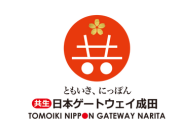Senior winemaker Brad Greatrix is talking about the 2024 harvest at Nyetimber, the leading producer of English sparkling wine.
Nyetimber, the first producer in the United Kingdom to exclusively plant Chardonnay, Pinot Noir and Pinot Meunier, grows these varieties in 11 vineyards spanning 425ha in the southern counties of West Sussex, Hampshire, and Kent.
Despite the spread of three varieties across three counties, the grapes tend to ripen around the same time, so the harvest period is relatively short – typically two weeks.
That’s why they need six Coquard presses in their pressing centre, which opened in 2017. The pressing centre is set among the vineyards in West Sussex and is only used for pressing estate-grown grapes. The presses take either 4 or 8 tonnes of fruit.
From different parcels and press fractions, they make about 150 base wines each vintage. It’s so they can make their signature sparkling wines for prestigious locations such as Annabel’s, The Savoy, The Ivy, and Dinner by Heston in London, the Ritz Carlton in Berlin, The Edition in Tokyo, and Jumeirah Zabeel Saray in Dubai.
For more than 36 years, Nyetimber has had a single aim: crafting exceptional English sparkling wine that rivals the very best in the world. Head winemaker Cherie Spriggs, Brad’s wife, was named IWC Sparkling Winemaker of the Year in 2018 – the only woman and the first of only two winemakers outside the Champagne region to win this prestigious award.
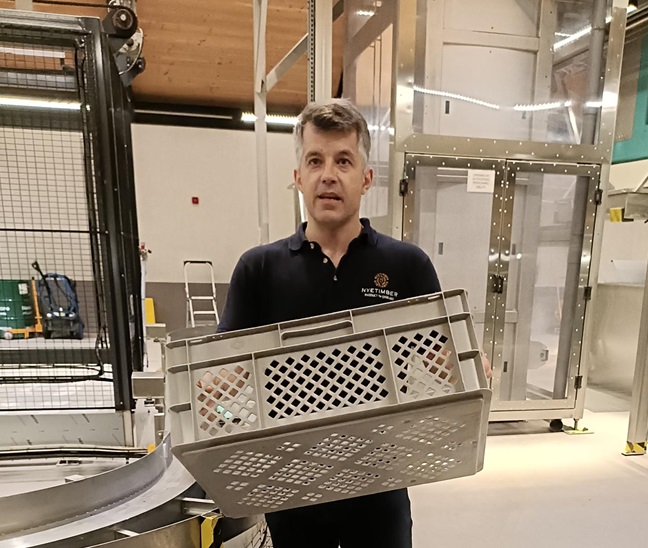
During our tour of the pressing centre, Brad (above) picks up one of the crates used to transport 15kg of fruit from either the adjacent vineyards or those up to 90 minutes away. He explains the importance of loading the presses quickly. It’s not to protect the grapes or juice from oxidation; it’s because Cherie and he are trying to avoid “uncontrolled maceration”.
Handpicked and sorted by a skilled team of Central and Eastern European agricultural workers, the grapes arrive at Nyetimber’s pressing centre ready for a gentle squeeze.
The pressing centre was built using the site’s natural slope to create a gravity-fed system for the grape juice to flow gently from the presses into the tanks. The layout of the building allows easy access for trailers to deliver the just-picked fruit, and for tankers to take the recently pressed juice to the winery in the main site, near a wonderful medieval barn and owner Eric Heerema’s manor house.
The whole process has been carefully thought through so the grapes are taken on a slick journey from field to tank.
Once the grapes are loaded into one of the six Coquard presses, they are pressed gently for two to three hours.
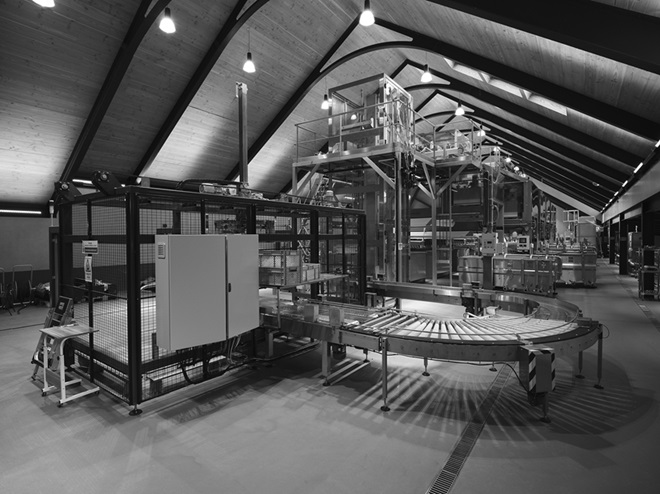
“The idea behind this pressing centre (above) is to support and take best advantage of all the effort that we’ve put into harvesting the grapes by hand, so it’s quite an intensive time, and it’s quite expensive also to harvest grapes by hand,” Brad points out. “What you get for that is perfectly intact bunches, and that’s what we need for whole-bunch pressing and for traditional-method sparkling wines. However, if you take those grapes and you heap them into a giant bin and then tip them onto a conveyor and up into a press, you start to give away some of the advantage that you’ve built up by harvesting by hand.
“So, we use these crates. They hold 15kg of grapes approximately. When we started using them, they were miscellaneous fruit-picking crates or something like that; now they’re English sparkling wine crates and they cost substantially more. But basically, the idea with these is it’s wide, shallow layers of fruit, and so even the grapes on the bottom don’t really have much weight on them.
“When we started planting vines in Hampshire and in Kent – 90-plus minutes away – we thought, that’s too far to transport grapes, but let’s see how things go. And when the grapes arrive on the lorry, I do a really nerdy thing: I watch the pallets as they come off with the forklift and check if the trailer bed is completely dry.”
He puts the crate back on the conveyor belt, which takes the crates to the presses. Brad explains: “The unique bit of this place is the loading system - all this stainless steel that you see behind me (below).
“When the pallets of crates arrive, they get loaded into one of those two bays, and automatically layers of boxes are placed on the conveyors, sorted single file up, lifted across, and tipped into the press. Then the empty box makes its way out to be washed and sent back to the vineyard for a refill.
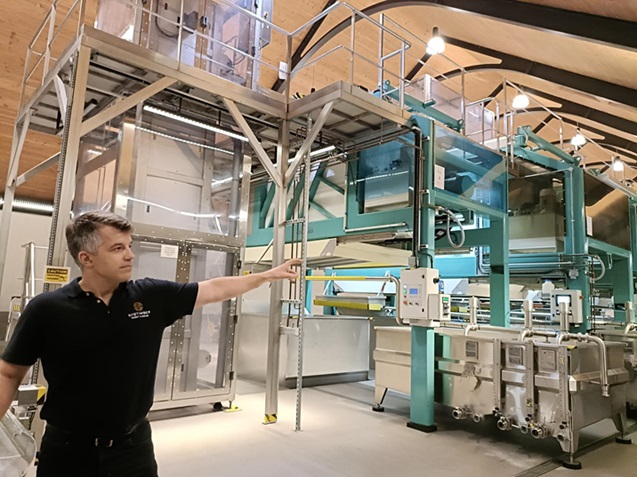
“There’s a big quality point behind this: it’s about preserving whole bunches of grapes. There’s one part of the process that we can’t avoid damaging the fruit, and that’s when we start loading the presses. The first boxes get tipped in, they fall to the bottom, splat, and then more grapes land on top, and you have this, what I call, uncontrolled maceration happening at the bottom of the press.
“Our only defence against that is speed. So, the more quickly we can get the press filled, the more quickly we can start pressing, and then we’re back in control of extraction.
“We can load an 8-tonne press in about 22 minutes, something like that. Able-bodied people can match that time once, but then more grapes arrive, and you have to load another press, and then it’s 24 minutes, and then more grapes arrive, and you have to do it again, and eventually it gets pretty tiring.”
I wonder: Do those extra minutes of maceration time make that much difference?‘We don’t have one thing that we think is our secret – it’s lots of small steps’
Brad admits “it’s not like if you load a press in 20 minutes the wine is going to be great, and if you take 40 minutes it’s going to be poor” He expands: “We’re just moving the needle a little bit. Then, we do something else and move the needle a little bit more. We don’t have one thing that we think is our secret – it’s lots of small steps.”
Given this attention to detail, I’m surprised that the juice isn’t protected from oxidation in the early stages of vinification.
Brad replies: “No, we’re really relaxed about oxygen. The presses are open; the juice flows down without any inerting into the tanks, and sloshes around in the tanker up to the winery. But as we get closer to bottling, we start to tighten up and start to protect the wine a little bit more.
“Our view is, because we’re making long-ageing wines, anything that’s so fragile that it will oxidize quickly here, there’s no chance it’s going to survive in the bottle for years. So, we say, if you’re going to oxidize, do it now.”
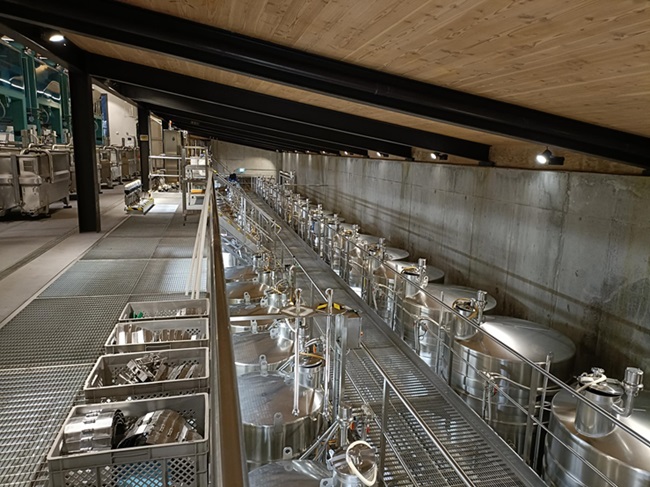
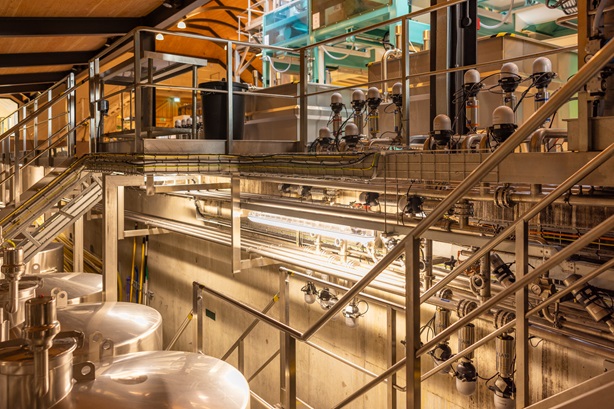
The juice flows out of the presses by gravity. “We test all the press fractions,” Brad continues. “So we create four different press fractions, sometimes five, from one press load.”
Each of the 150 blocks of vines they have identified are kept separate throughout the process. After pressing, they also keep the fractions separate – putting them in their own settling tank (above) for 24 hours before transporting them to the winery in a special tanker with seven different-sized compartments.
“We make no combinations here,” Brad stresses. The pressing centre is purely for pressing and settling.
“Whatever the complexity that comes in from the vineyard, everything is kept separate. Our approach is to make the most distinctive style of wines, and we think the most distinctive style of wines comes from letting our vineyards show through in the wines – because nobody else owns them, they’re ours.
“If the vineyards are reflected in the wines, it’s going to give us some distinctiveness.”
Keeping everything separate also means they can see what each parcel produces year to year. “To take best advantage of owning your own vineyard, you need to get to know why these ones taste different to these ones, or those ones compared to those ones,” Brad says.
Typically, it takes 24 hours from the time the grapes are picked in the vineyard to the juice being ready to start fermentation.
By January, once the juice has gone through alcoholic fermentation and MLF, Cherie and Brad will have a huge array of base wines to taste while they try to figure out which combination will make the best blends. This is when the extra effort in producing different batches pays off. Brad explains: “Because we’ve got such fine adjustment ability on the blends. If we think the classic cuvée needs a little more citrus, or red fruit, or the acidity needs more length, or, you know, whatever we’re keying into, there’s 80 wines or something in the blend, and we can say, oh well, let’s swap these proportions around, or take this one out and put another one in.”
It's time to leave the pressing centre and return down the track to the tasting room. I put my notebook away – I want to enjoy these wines. So much care and attention has gone into them.

 English
English French
French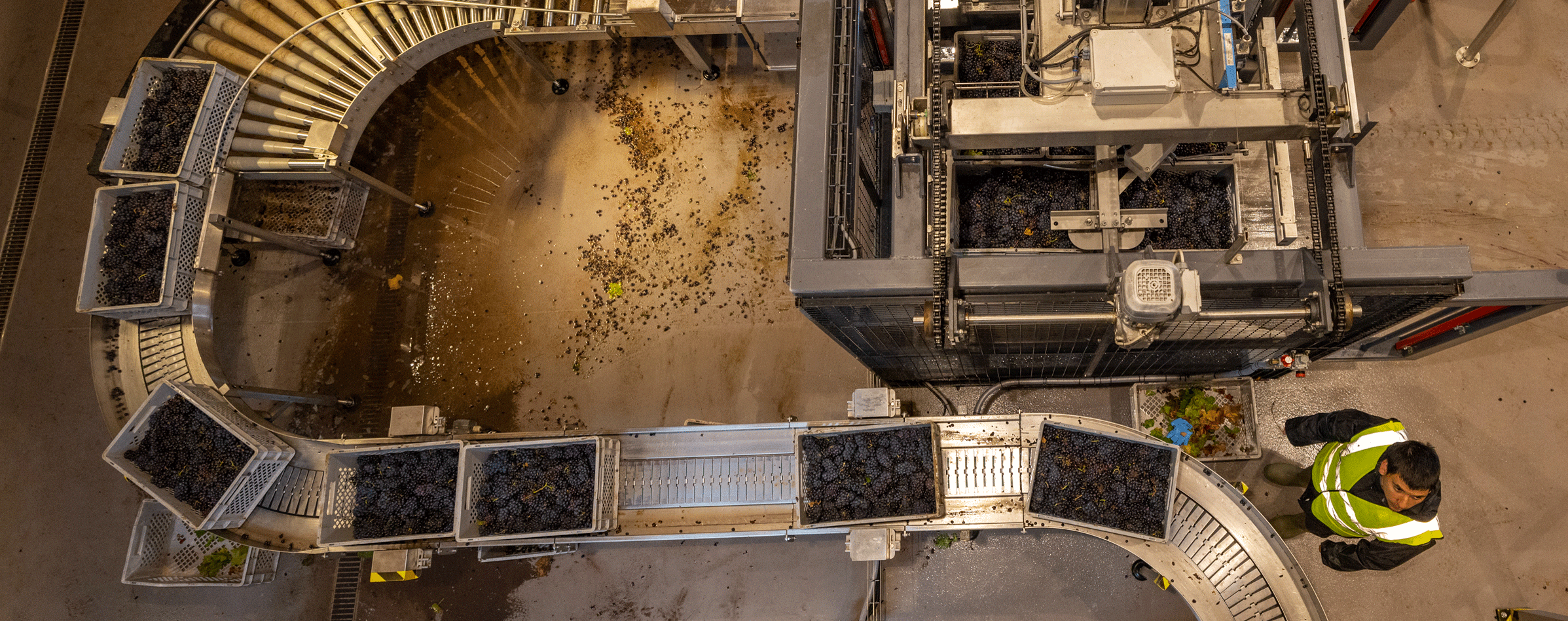

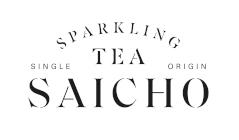




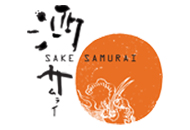
.png)
